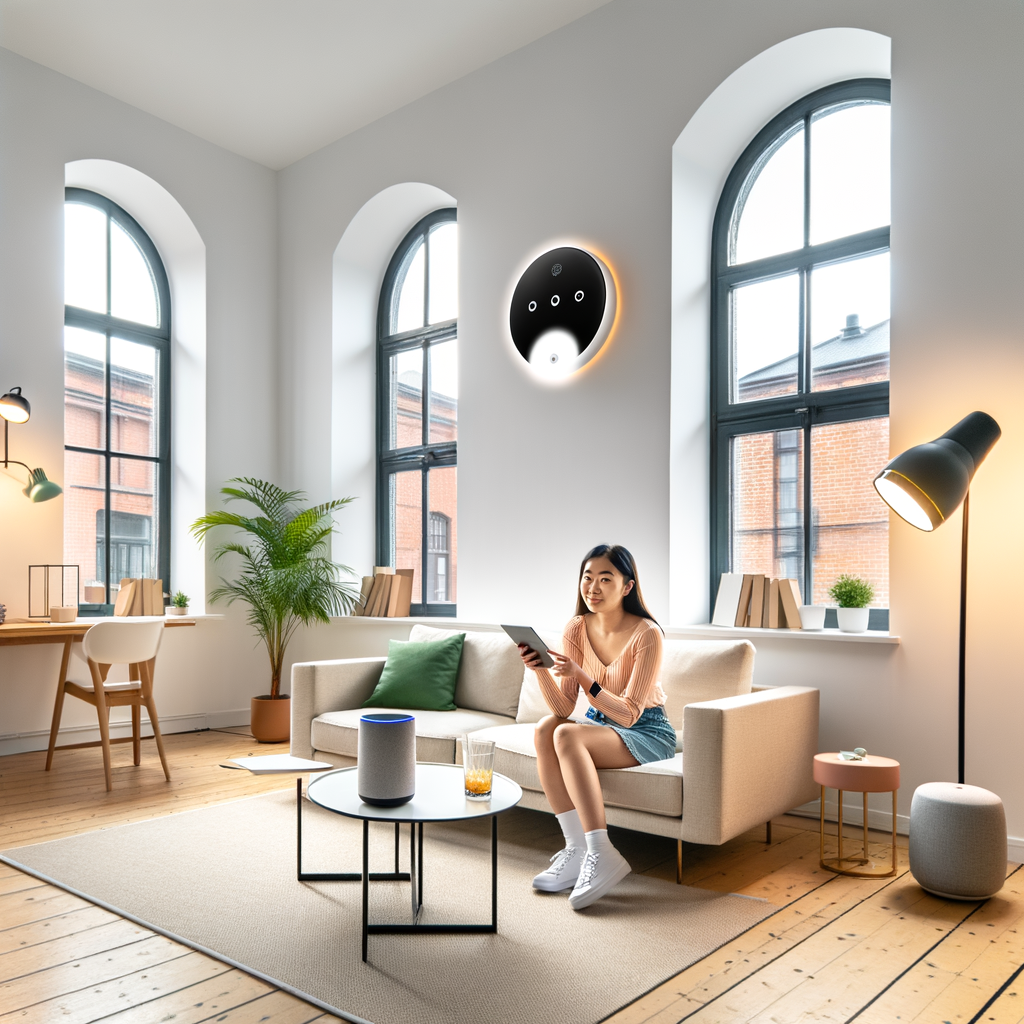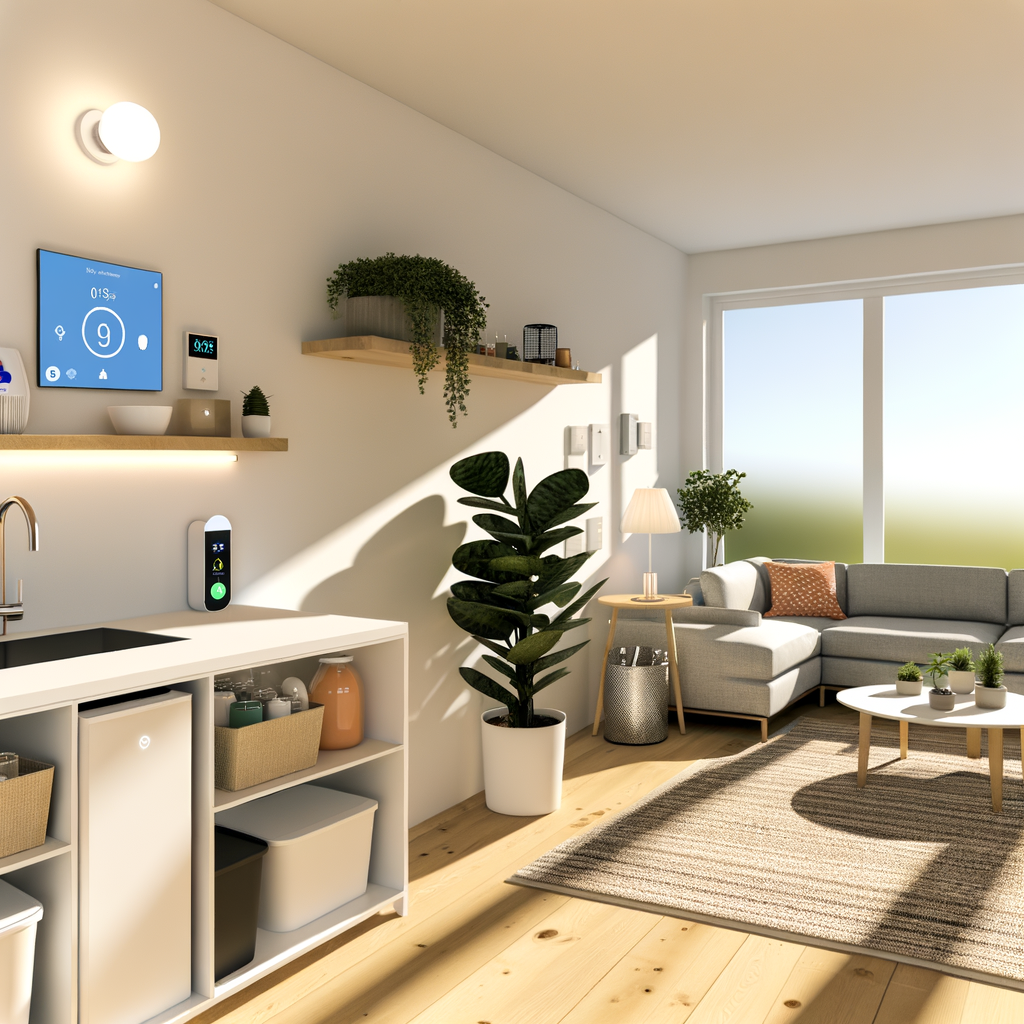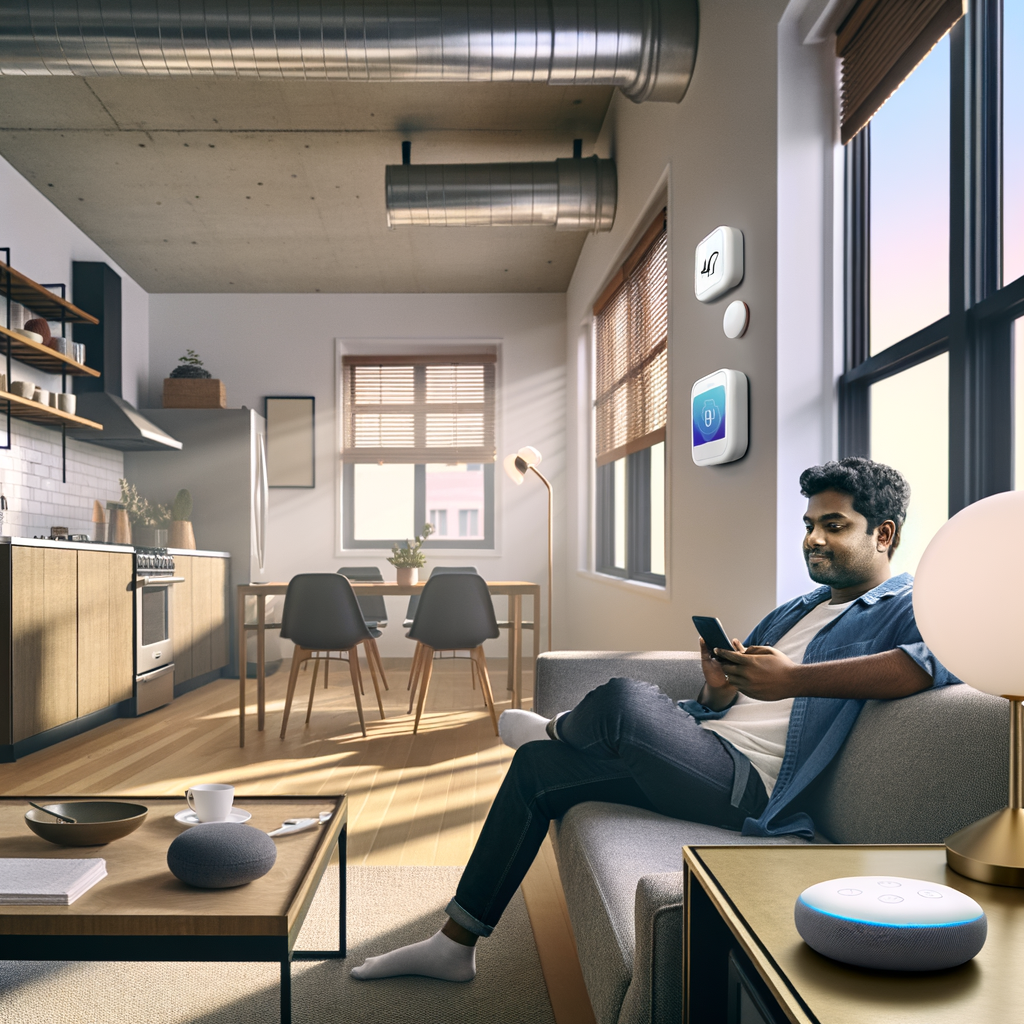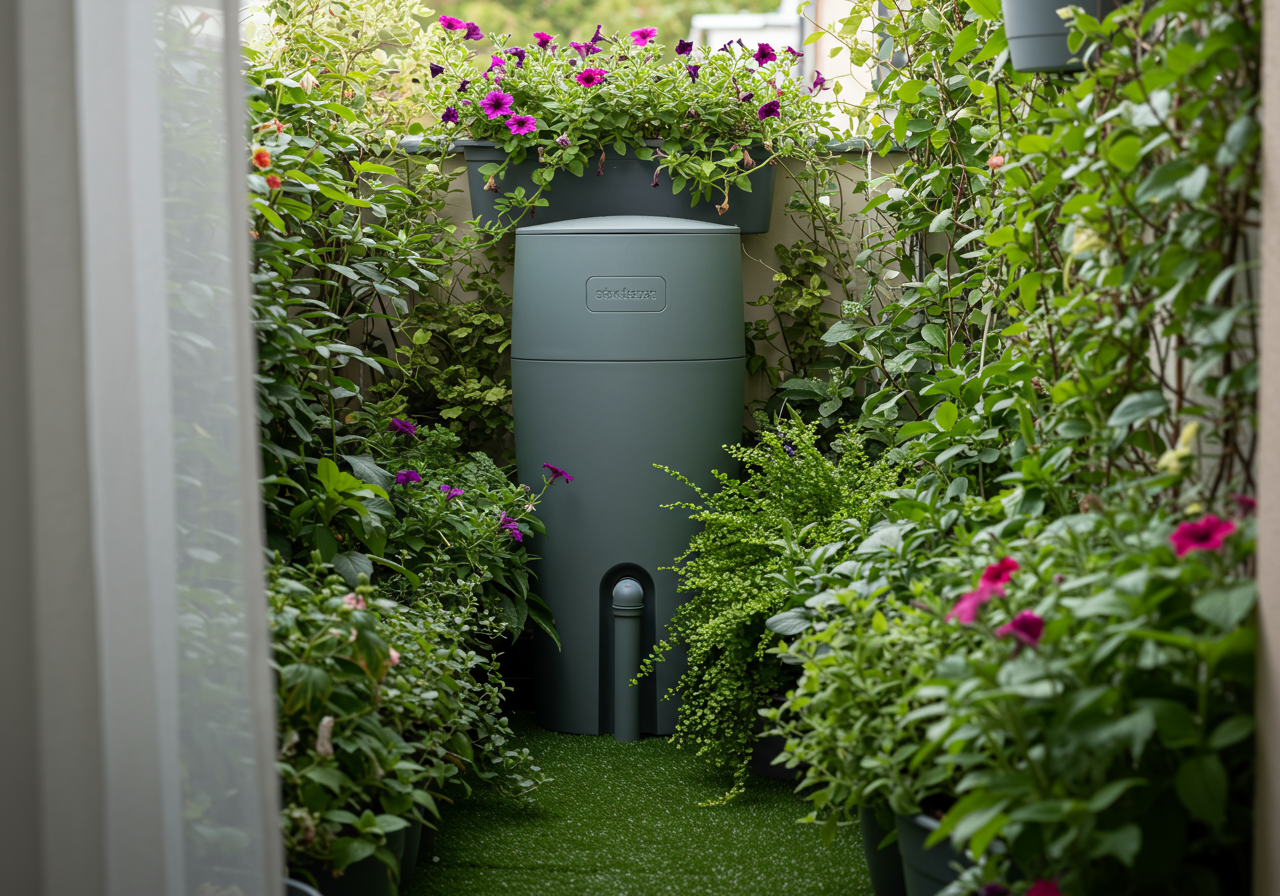How to Turn Your Rental into a Smart, Energy-Efficient Home Without Breaking the Lease
Renters face unique challenges when trying to create a modern, environmentally friendly living space. Most leases restrict alterations like rewiring, installing new outlets, or drilling into walls, which complicates traditional upgrades for smarter, greener living. But here’s the good news: you don’t need to own your home—or break your lease—to take control of your space, trim utility bills, and reduce your environmental footprint.
In this guide, you’ll discover practical, landlord-approved strategies and smart products to transform your rental into a high-tech, energy-efficient haven—without leaving marks or major modifications behind.
Why Prioritize Smart and Efficient Living as a Renter?
Smart home technology and energy-saving practices aren’t just for homeowners. As a renter, embracing these upgrades offers meaningful benefits:
- Lower Utility Bills: Use less energy and pay less each month.
- Greater Comfort: Smart controls mean the perfect temperature and lighting, always at your fingertips.
- Portability: Most modern smart gadgets are easy to take with you when you move.
- Eco-Friendly Impact: Reduce your carbon footprint from day one without structural changes.
First Steps: Know Your Lease and Talk to Your Landlord
Check Lease Restrictions
Before you buy anything, closely review your lease. Most standard agreements prohibit permanent changes such as drilling holes, rewiring, or painting unauthorized areas.
Communicate Early
If you’re unsure about a product or small improvement, ask. Many landlords appreciate upgrades that don’t damage the property or are easily reversible—for example, swapping incandescent bulbs for LEDs or installing battery-powered devices.
Top Smart and Energy-Efficient Upgrades for Renters
1. Smart (and Portable) Lighting
Lighting is one of the simplest ways to modernize your rental and boost efficiency.
-
Smart Bulbs:
Replace existing bulbs with Wi-Fi or Bluetooth-connected LEDs. Adjust warmth, set schedules, and control them by app or voice—even if your landlord won’t allow swapping out the fixture. -
Smart Plugs:
Add these to lamps or floor lights to set timers and control via smartphone. -
LED Upgrades:
Switch all bulbs to ENERGY STAR-rated LEDs for instant 75% energy savings over incandescents.
2. Smart Plugs & Power Strips
Electronics and appliances can draw power even when off—a phenomenon called “vampire energy.” Cut waste with smart power management:
- Smart Plugs: Plug in TVs, coffee makers, space heaters, or game consoles to control power remotely.
- Voice/Timer Control: Many models work with Alexa, Google Assistant, or have built-in timers.
- Energy Monitoring: Some smart plugs measure and report your energy use, helping you spot energy hogs.
3. Smart Thermostats for Renters
Thermostats usually require wiring—often a landlord’s no-go zone. But there are renter-friendly options:
- Battery-Powered or Plug-In Smart Thermostats: Designed for easy install—just mount with removable adhesive or set on a shelf. Control the temperature from your phone.
- Portable Heating/Cooling Controls: Smart plug adapters for window ACs, fans, or space heaters let you automate temperature even if you can’t change the wall thermostat.
- Request an Upgrade: Some landlords will install a smart thermostat if you offer to buy it and agree to let it stay when you move.
4. Weatherproofing and Draft Solutions
Sealing leaks is one of the cheapest, highest-impact ways to save energy—and it never requires landlord permission.
- Draft Stoppers: Place removable stoppers at the base of doors or windows to stop leaks.
- Removable Weatherstripping: Self-adhesive foam or silicone strips seal gaps around windows and doors.
- Thermal Curtains: Block heat loss in winter and keep rooms cool in summer.
- Window Film Kits: Add a clear, insulating layer (applied with hair dryer, peels off cleanly at move-out).
5. Efficient Appliance Hacks
Even if you can’t replace old appliances, you can run them smarter:
-
Use Energy-Saving Modes:
Opt for “eco” or “energy-saving” cycles on dishwashers and washing machines. -
Smart Plugs for Appliances:
Set schedules or remote-control use of window ACs and electric kettles. -
Maintain Existing Appliances:
Clean refrigerator coils, run full laundry loads, and defrost freezers regularly. -
Portable or Plug-in Air Purifiers:
Choose models with Energy Star ratings and programmable timers.
6. Smart Shades and Blinds (No Drilling Required)
Sunlight affects both comfort and energy use. Motorized, stick-on (or tension rod) smart shades let you control light and heat without tools.
- Battery-Powered Smart Blinds: Install with removable 3M strips; raise and lower on a schedule or by phone/voice.
- Thermal or Blackout Curtains: Mount tension rods inside window frames—no drilling needed.
7. Smart Sensors and Monitors
Sensors help you see and control where energy goes—no permission needed.
-
Door/Window Sensors:
Get notifications if you leave a window open too long in summer or winter. -
Humidity and Temperature Sensors:
Optimize heating, cooling, and ventilation. -
Energy Use Monitors:
Discover where most of your power goes to prioritize upgrades.
Easy Ways to Automate and Save—No Tools Needed
Voice Assistants and Automation Hubs
You don’t have to install anything in the walls to control your new smart devices. Get a small smart speaker (Amazon Echo Dot, Google Nest Mini) to use voice commands for routines like:
- Turning off all lights with a single phrase
- Setting thermostat or window AC schedules
- Running “away” or “sleep” settings for energy savings
Set Smart Routines
Most smart home apps let you create routines to automate your day. For example:
- Morning: Bedroom lights and coffee maker turn on slowly; blinds open to let in daylight.
- Leaving Home: Thermostat lowers, unused outlets switch off.
- Bedtime: All non-essential lights turn off; temperature adjusts for sleeping comfort.
Keep It Move-Out Friendly
The key to rental upgrades is reversible change. Here’s how to ensure your new smart and energy-efficient tech won’t cost you your security deposit:
- No hardwiring: Avoid products that require running wires behind walls or cutting drywall.
- Removable adhesives/tension rods: Mount with 3M Command Strips, suction cups, or non-damaging tension poles.
- Restore bulbs, switches, or outlet covers: Keep original hardware and reinstall it before you move.
- Document with photos: Take “before” and “after” snapshots as proof of condition.
Boost Your Impact: Green Habits for Renters
Smart home tech works best in tandem with conscious living. Combine your




